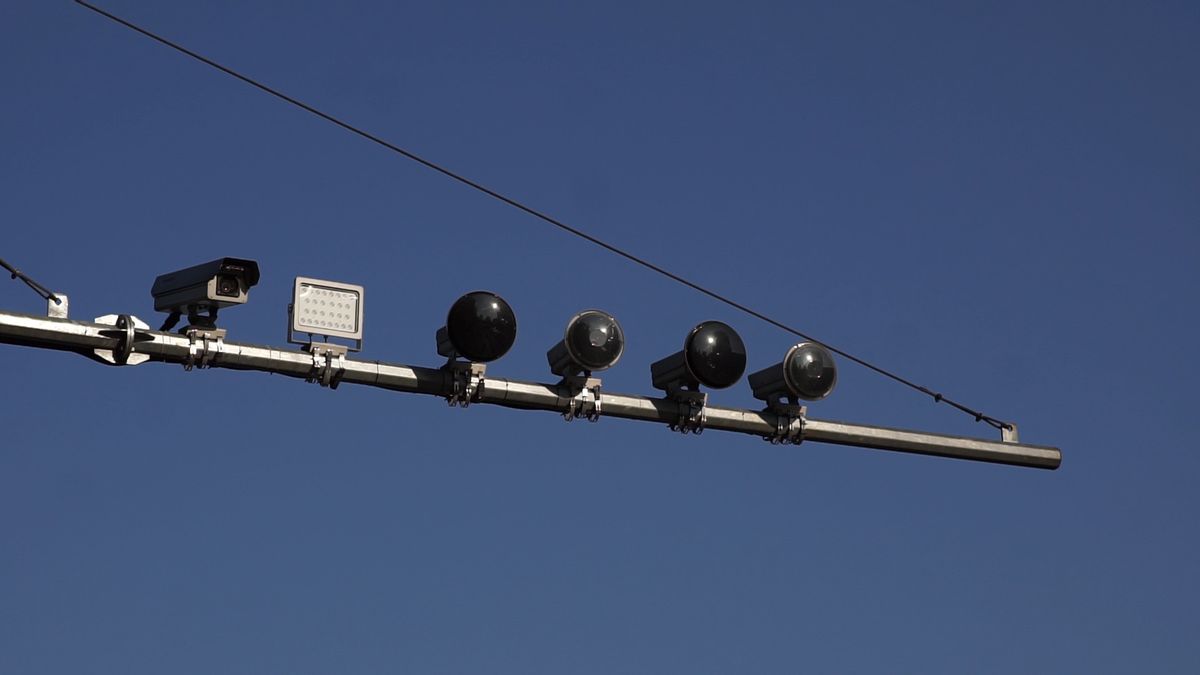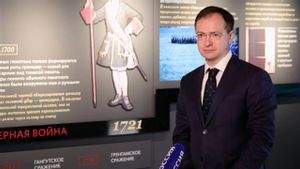JAKARTA - Electronic tickets are said to be effective in reducing traffic violations in the capital city of Jakarta. Last February Polda Metro Jaya recorded a decrease in the number of violations by 50 percent in two weeks. One thing that makes this electronic ticket system effective is the sophistication of the camera that uses deep learning technology. How does it work?
Electronic Traffic Law Enforcement (e-TLE) or electronic ticketing was first implemented in Jakarta in November 2018. Initially there were only two e-TLE cameras, including on Jalan Jenderal Sudirman.
At that time, only violations of road markings and traffic light violations could be recorded. Then on July 1, 2019, the authorities added 10 cameras with four new features that allow the camera to catch other violations, such as odd-even, use of seat belts, mobile phone operation while driving, to violations of a maximum speed of 40 kilometers per hour.
So how can the camera on the e-TLE system detect every traffic violation? This is explained in more detail in the video entitled "How a Sophisticated Electronic Ticket Camera Works."
The English, Chinese, Japanese, Arabic, and French versions are automatically generated by the AI. So there may still be inaccuracies in translating, please always see Indonesian as our main language. (system supported by DigitalSiber.id)













